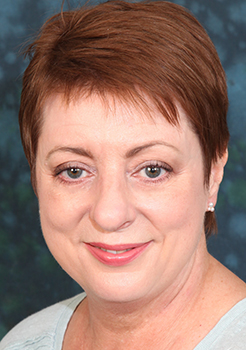
Helen Miller
What challenges do beauty brands face when trying to secure retailers today?
Competition is intense. Beauty is a very mature and saturated market where power is concentrated into five core companies – L’Oréal, P&G, Estée Lauder, Boots and Coty – which control about half of the UK market. At the other end of the market it is hugely fragmented with thousands of smaller, independent brands and sales outlets, plus websites and online affiliation.
Do you think e-commerce is posing a new challenge?
Retailers increasingly have a sophisticated online offer so it will depend on how advanced each retailer is and how much they want the brand. For some, a brand has to negotiate separately with the buyer, its marketing department – because marketing programmes are ‘sold’ to brands – and to e-commerce, where access is also ‘sold’. It gets increasingly difficult for a brand to offer exclusivity when it enters e-commerce. Despite the hype, e-commerce is still relatively small for beauty at around 10-12% of sales. Total non-store sales are estimated to account for around 20% of the market.
What do you think sets a brand apart from the crowd in a beauty buyer’s eyes?





